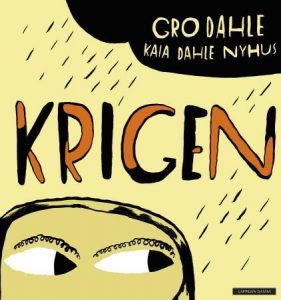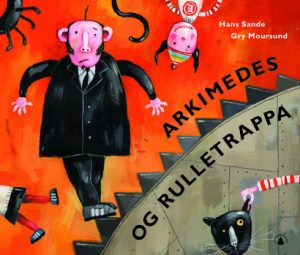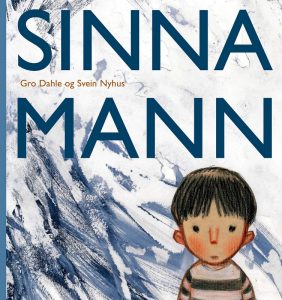As many researches showed, the education at the Scandinavian countries is famous because of its high efficiency on socio-cultural and personal development. I was really interested in having some experiences with this type of education, and learn another way of teaching, this is one of the reasons why I chose to come here for finishing my university studies.
After being some months here, I’ve checked out that here preparing children for their future is an important part of the education process, and this involve some difficult topics, which are present on their daily lives, like bullying, divorce, drugs… All these sad things that we have in our contemporary society. I noticed that in my country, we try to protect children from them hiding the reality or telling some false stories. However, in Norway they work a lot with feelings and emotional education, because they think that if you help students to know emotions, later they’ll know how to control them, and this could make easier for them to overcome a situation.
From my point of view the class that we had on Wednesday October 24, where we talk about this situations, and how they deal with at Norwegian schools, was really interesting and useful. This is because in Spain we don’t pay too much attention to this risky situations and they don’t prepare us as future teachers for solve the problem, so we have to find the way ourselves.
In that lecture, we were talking about which types of book the children of primary education should read, and which topics can we talk about with them, and which ones we have to avoid. Some books with shocking illustrations and kind of real stories, without fantastic elements, could be really powerful, if we know how to work with them. Because despite they could help us to normalize some situations, this read also could show them that it’s fine any abusive situation, like bullying their partners. The teacher showed us tales about several topics like for example:
- How to manage annoyance and aggressive feelings
- How bad could be the jealousy
- How the children could teach their parents new things, because adults aren’t gods, who knows everything
- How to manage complicated situations at home like the divorce of the parents or the gender violence
Here you have pictures of some of these books, which are really useful for start a conversation at class about these topics, because sometimes, we as a teachers don’t know how to start to talk about it. Nevertheless, it’s really important to read the book slowly and focusing on the reflexion at different moments and situations along the story and on the attached illustrations, because usually they give us more information than the text.

Divorce and its impact on children
Along the class, I had a lot of doubts, but after it I started to think about it and I realised that we don’t protect children when we avoid to talk about some topics with them, instead of this we are making them more susceptible to these situations. This give me the idea to focus my master studies on emotional education, and the use of real stories and tales as a way of learning, because I saw in Spain an absence of this learning.
In conclusion, I hope this post help you to find some other ways to teach children and prepare them for the future using the tales, because is a really interesting technique that I’ve never heard before and it’s giving good results, so maybe we can use it at publics schools due to it’s not an expensive resource.
Marina Insa



